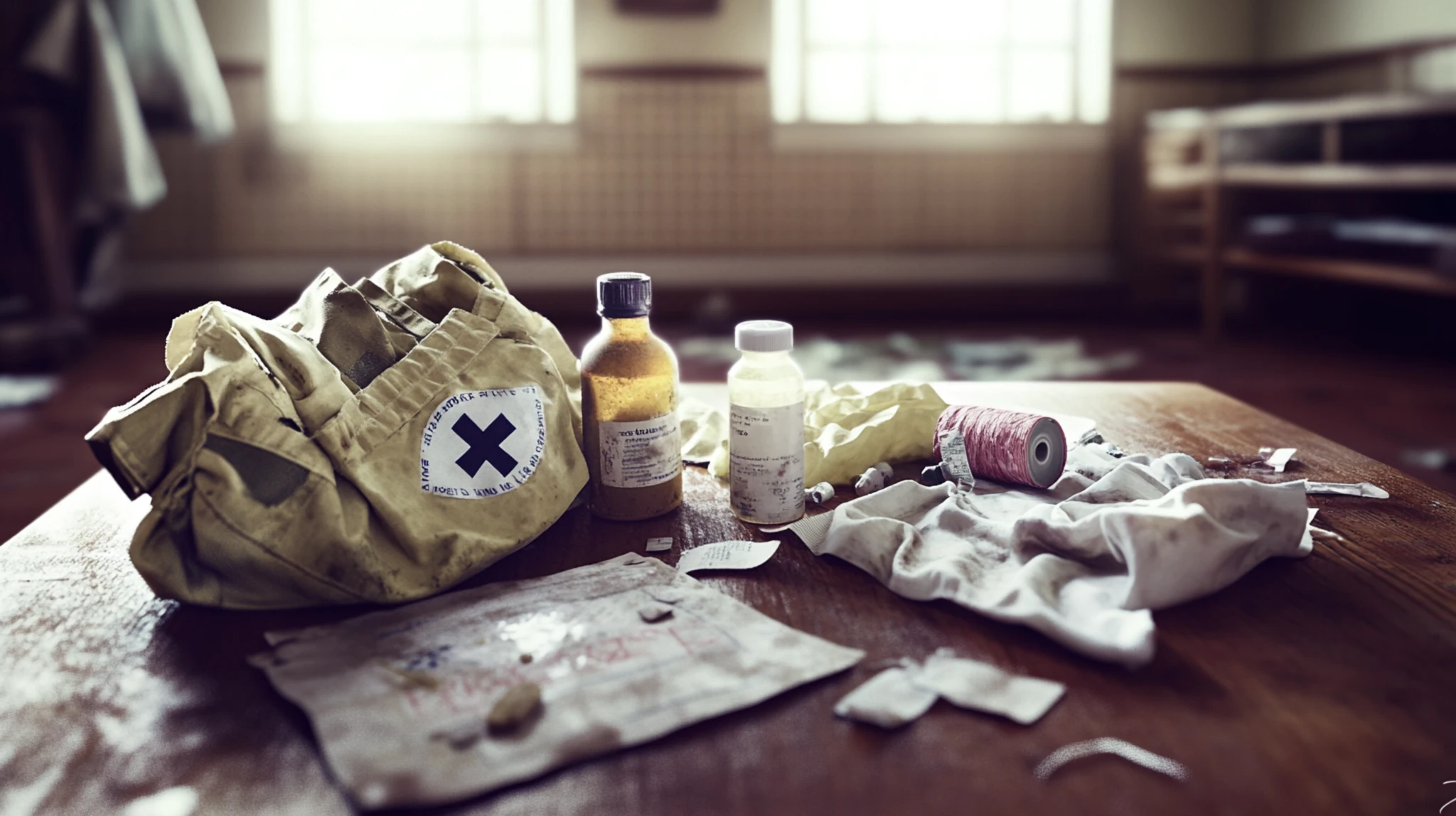When a major injury happens, you don’t have hours—you have minutes. Severe bleeding is one of the fastest killers in any survival or disaster scenario, and without immediate action, a person can die long before help arrives. That’s why learning to use a tourniquet isn’t optional for survivalists; it’s a core skill. Done right, it saves lives. Done wrong, it can cause serious harm.
Whether you’re miles from civilization, caught in the aftermath of a disaster, or simply the first person at an accident scene, knowing how to apply a tourniquet can mean the difference between survival and tragedy.
When to Use a Tourniquet
Tourniquets are for life-threatening bleeding from a limb. We’re talking about arterial bleeding—bright red, spurting, or soaking through bandages rapidly. If direct pressure fails to control the bleeding, or if the wound is too large or deep to compress effectively, it’s time for a tourniquet.
They are not for minor cuts or slow bleeding. Inappropriately applied tourniquets can cause nerve or tissue damage. But when the choice is between losing blood and losing a limb, the tourniquet wins every time.
Types of Tourniquets
The best-known are commercial tourniquets like the CAT (Combat Application Tourniquet) or SOFTT-W. These are specifically designed for rapid, effective use under stress. If you don’t have one, improvised tourniquets can be made from strong materials—webbing, belts, paracord with a sturdy stick as a windlass—but they’re less reliable. Serious preppers should carry at least one commercial tourniquet in their first aid kits.
How to Apply a Tourniquet
First, stay calm and act fast. Seconds matter.
Expose the wound. Cut or tear away clothing to see the injury clearly.
Place the tourniquet 2–3 inches above the wound. Never directly over a joint. If the wound is at the knee or elbow, go higher on the limb.
Tighten until bleeding stops. Crank the windlass or pull the strap tight enough that bleeding stops and there’s no distal pulse (no pulse below the tourniquet). It will be painful—that’s normal.
Secure the windlass or strap. Make sure it won’t loosen while moving or transporting the person.
Note the time. Write the time of application on the person’s forehead, arm, or on the tourniquet itself. This is critical for later medical care.
If one tourniquet doesn’t stop the bleeding, apply a second one above the first.
After Application
Do not loosen or remove the tourniquet once it’s applied unless you’re under direct medical guidance. Modern medical evidence shows tourniquets can stay in place for hours without necessarily costing the limb, and removing it prematurely can cause the person to bleed out.
Continue to monitor the patient’s airway, breathing, and circulation. Treat for shock by keeping them warm and calm until help arrives.
Practice Before You Need It
In a real emergency, stress and adrenaline make fine motor skills difficult. The time to learn tourniquet use isn’t when someone’s bleeding—it’s now. Buy a commercial tourniquet, read its instructions, and practice applying it on yourself and others until it’s second nature. Practice with one hand, in low light, or while moving, because that’s how real emergencies happen.
Tourniquets used to be feared as a “last resort.” Modern medicine has overturned that thinking. They’re a first-line lifesaving tool. Carry one, know how to use it, and practice often. Because when everything else fails, that strip of fabric and plastic might be the single reason someone lives to see another day.



